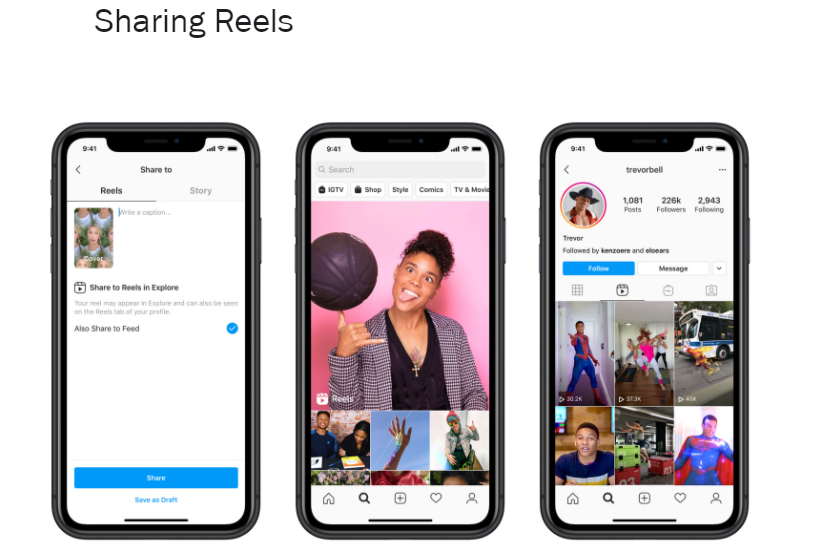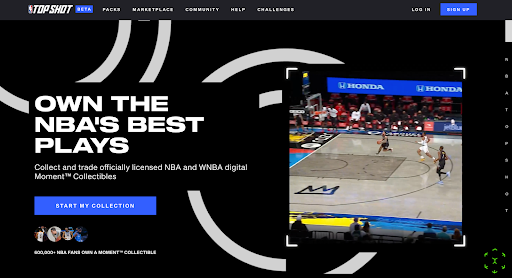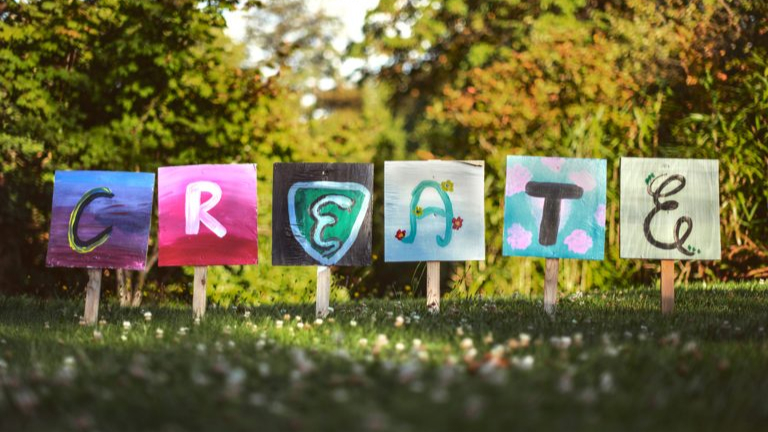Since time immemorial, there have been a small class of people who were creators and a larger group who ‘consumed’ such content. Books, plays, music, paintings, movies and much more were created and performed to an audience. As new platforms and technologies emerged such content took several shapes and forms.
In the pre-digital world, those who offered and controlled a platform or medium decided which content was to be promoted. A newspaper could decide to promote a news item prominently or push it away to the back pages. A studio could offer a platform for worldwide release or a niche audience. Radio stations played a major role in the popularity of a song. Higher the reach of such a medium or platform, better the impact.
In the digital era, while the content format became different, several old media rules were still at play. Online portals, social media platforms with huge reach either decided or controlled which content went viral. Sure, there was no scientific or empirical way which guaranteed which content bubbled up to the top but user-generated content came into its own. This trend owes a lot to YouTube – its ease of use and popularity. Of course, affordable high-speed data plans and mobile handsets played a role too.
The term ‘YouTuber’ became common and one heard of a select few earning millions of dollars through advertising on their YouTube channels. Ryan Kaji, a 9-year old boy earned nearly $30 million from his channel which features reviews of toys and home science experiments. Marques Brownlee or MKBHD, a popular tech & gadget reviewer has 14.9 million subscribers at the time of writing and earns through advertisements, affiliate income and more. Undoubtedly the content created by such YouTubers benefits from the platform’s popularity and reach. Google, in turn, earns from advertisers who place ads in such videos. In 2020, YouTube earned $19.77 billion – approximately 10.9 percent of Google’s total revenue, from advertising. Monetization through advertising was pretty much the only business model up until a few years ago for creators.
What is the creator economy?
The creator economy refers to 50 million+ independent content creators, curators, and community builders involved in free & paid content creation and distribution on software platforms/apps to their “followers”.
A combination of factors has resulted in a change in the ecosystem leading to what is now called the creator economy. Over the years, a small group of creators (writers, photographers) published content and acquired a small base (mostly) of readers and followers. WordPress, Flickr and such apps enabled such distribution of content.
According to Stripe, ‘the earliest creators uploaded Flash animations to DeviantArt or scanned manga illustrations to Xanga. But they didn’t have the tools to sell their content to earn a living as a creator online.’ The hallmark of such a trend was that most such content was free to consume. Popular YouTubers and bloggers who baked in Google AdSense into their sites earned money through ads, but this wasn’t an option for smaller players. The ‘creator’ mostly never got paid through a regular, predictable business model. The rise of social media and acquisition of a large number of followers, even for non-celebrities changed the equation.
The creator economy and its landscape
While there are many definitions and expressions of creator economy, a simple way of understanding it is to see it as:
“An ecosystem which enables any creator to monetize their output.”
The key difference between the digital era of just a few years ago is that the creator economy has widened the base of ‘creators’ and practically enabled everyone to be a creator and monetize their work. It is no longer only about the famous writer or established filmmakers – regular everyday folks can express their skills and passion – be it in cooking, singing, dancing or teaching. Also, the tools which enable this economy are diverse and easy to acquire and use.

The monetization model too changed beyond just advertising – with options such as subscription, sponsorship deals with brands, one-off purchases and donations. Also, the ability to reach and influence a small group of like-minded people or groups with similar interests is higher in the creator economy. Someone with deep knowledge in say, investing can create a loyal following through a podcast or video series. A writer can acquire several thousands of subscribers through newsletters. In 2017, nearly 17 million Americans earned income posting their personal creations on nine platforms.
Read: Driving Growth by Designing Experience-Based Subscription Models
“A creator, such as an artist, musician, photographer, craftsperson, performer, animator, designer, video maker, or author – in other words, anyone producing works of art – needs to acquire only 1,000 true fans to make a living”
Kevin Kelly, 1,000 True Fans
The creator economy is also referred to as the Passion Economy as it is different from the concept of being paid for gigs such as driving or food delivery. As Ji Lin says, ‘New digital platforms enable people to earn a livelihood in a way that highlights their individuality’.
Creator economy and the common content types
Below are some of the content types, platforms and tools which have gained popularity enabling the creator economy:
#1 Text: This could include short essays, long form content and newsletters: ‘The home for great writing’ is the simple premise of Substack, which started off as a tool for starting paid email newsletters. While a majority of its newsletters are free, there are more than 500,000 paying subscribers. According to The Guardian, ‘Substack takes 10% of subscription earnings and payment company Stripe takes a further 3% with writers taking the rest. Writers charge around $5 a month (£3.66) or $50 a year for access to their newsletters, although the platform’s many free newsletters also have a big following.’ The Top 10 publishers on Substack earn $7mn per year between them.

Source: Substack
There are several stand-alone portals and newsletters which offer both free and gated content. Niche subjects such as business journalism, especially the investigative kind, find takers who are willing to pay for such content driven by the belief that it’s worth it. The USP of such business models is offering opinions, trends and analysis.
#2 Video content: Short form videos sit well with those seeking casual entertainment on the smartphone. After the success of TikTok several clones emerged in various countries.

Source: Instagram
Instagram’s Reels and YouTube’s Shorts have made video creation easy for many. Google even set up a fund of $100mn as a means to payout to video creators. The biggest advantage of such platforms is they don’t need expensive shooting gear, just a good smartphone and an app.
#3 Audio content: Even prior to the COVID-19 pandemic, podcasts had a huge fan following (remember the buzz around Serial, the podcast from 2014?). The long stretch of staying at home boosted consumption of both audio and video streaming content. Aside from the pioneer Apple Podcasts, the rise of Spotify and other regional platforms augurs well for content creators. Tools such as Anchor, Podbean and more make it easy for content creators to only record but distribute their content on popular platforms.

Source: Podbean
There are also stand-alone tools like Canva which allow for easy creation of a wide variety of content – from slides to infographics. Even niche interests such as app development, teaching and fitness instruction can now be monetized through relevant app platforms and supporting ecosystems.
Here are a few startups which cater to niche segments:
Pietra: helps influencers connect with designers and manufacturers in product creation.
Trading.TV: is a streaming platform for the financial community.
Stir: is a money management platform for creators.
The role of UX in the creator ecosystem
If all of this sounds as if one simply has to sign up on a platform and be ready to count the money, that is far from the truth. When designing a platform or tool meant to aid the creator economy the following needs to be kept in mind:
Information overload: all of us are facing information load from both traditional and new media. Many in the digital world are opting for a break if not going offline completely. In that context, the content out there has to be truly compelling, slick and convey that it adds value for the intended audience.
Subscription fatigue: consumers have a limit to what they can consume. And when it comes to subscriptions, even more so. So be it an OTT service or a paid newsletter a consumer will face a moment of trade-off before committing to a payment.
Need for educating and guidance: the entrants to the creator economy are not just the digital natives. Many who have established careers may try their hand at monetizing their expertise. The platform they choose to adopt with this intent should be able to guide them on the steps that need to be taken to complete the desired action. It takes a combination of copywriting and design as exemplified by Substack which has a Resource Center with inside tips and expert advice for writers.
The role of technology in the creator ecosystem
Technologies such as Non-Fungible Tokens powered by Blockchain are enabling the creator economy. NFTs are units of data which prove digital ownership. The use cases may include any asset such as a movie, song, photograph or collectibles. Celebrities from the entertainment industry and sports professionals have taken to NFTs in a big way. After all, a winning moment in a sports arena is something a professional would cherish and should be able to monetize. NFTs are also a boon for sports fans looking to own collectibles. NBA Top Shot is a marketplace for the fans to purchase and sell video clips of basketball games.

McLaren Racing, the popular F1 racing team, has launched a platform where its fans can purchase McLaren Racing branded digital collectibles or NFTs. The platform, named the ‘McLaren Racing Collective,’ will serve as a destination for future opportunities to own a piece of exclusive McLaren Racing collectables.
Boonji Project, the debut NFT project by world-renowned artist Brendan Murphy has surpassed $15.5 million in its Dutch Auction Primary Sale, anointing the project as the largest NFT primary sale in history.
In India, cricketing legend Sunil Gavaskar and others have taken to NFTs to launch collectibles. Reports indicate that the Indian film industry too has shown interest in this trend – autographed posters, clips and more are eminently suited for use of this blockchain technology.
Crafting a digital experience in the creator economy will need to follow the basics of any process to create products which consumers love. First off, scanning the market for need gaps and consumer pain-points to identify the opportunities. Next, defining the intent of the app, the feature set and a road map. The feature set will depend on the domain – such as education, video creation or any other. Profile creation, chat systems, shooting and uploading of documents, ability to complete frictionless payments could be some common features. Intuitive design, the right technology stack are other elements of the process.
Summing it up
The creator economy is still in the development stage but has the power to make a huge societal influence consisting of a diverse set of creators. It provides equal opportunity to all its creators despite large differences in their net worth and fan following. The creators can be celebrities, content producers, and influencers. The advent of the creator economy has stretched the meaning of influencers too as it can further be classified to – key opinion leaders (KOL), brand ambassadors, affiliates, and customer advocates.
This microcosm of creators has led a resurgence in how brands are now finding new innovative ways to reach their customers. The subsequent effects are seen in these creator platforms innovating within their app/platform to attract more creators and brands.
In conclusion, the creator economy is an exciting opportunity for content creators, users and enabling platforms, powered by the engines of intuitive design and technologies.





